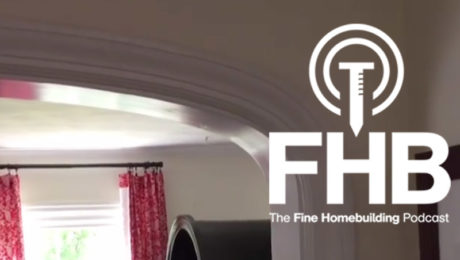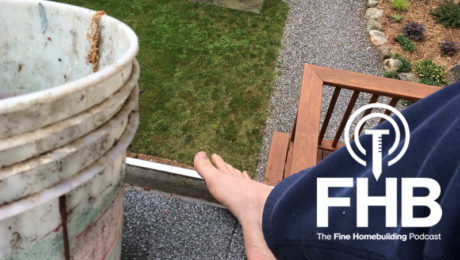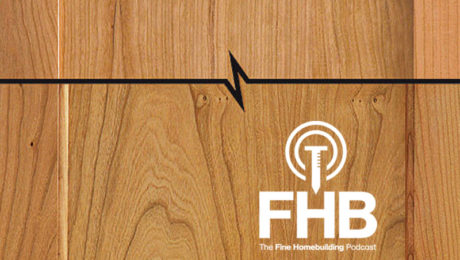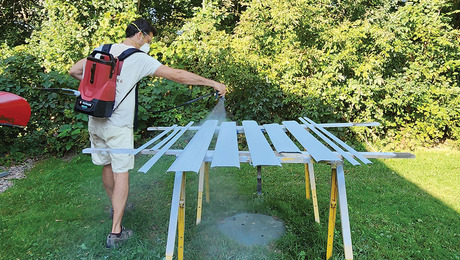Brush Painting Kitchen Cabinets
Spraying offers a factory-like finish, but a brushed finish makes the work appear custom—here's the process for cleaning, sanding, and painting.
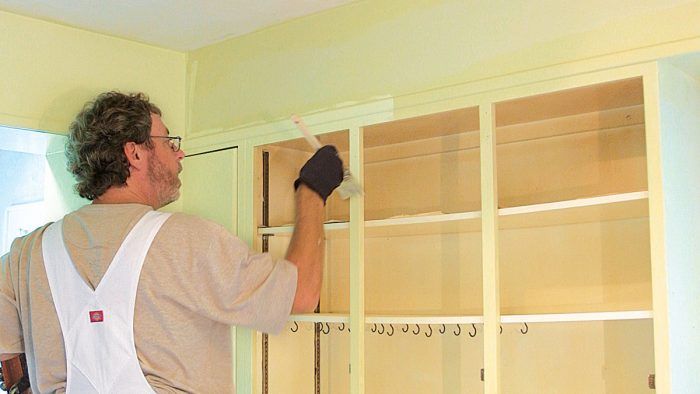
I want to repaint my kitchen cabinets, but I don’t want to spray them. I’m not experienced at spraying, and also don’t want to go through the rigmarole of protecting the entire kitchen from overspray. How can I go about this and get good looking results?
—Rob Wotzak, New Milford, Conn.
Luke DiBlasi, of DiBlasi Painting in Millbrook, N.Y., replies: A brushed finish is actually preferred by many interior decorators, as it makes the cabinets seem custom as opposed to the factory-like finish that spraying offers. Whenever painting cabinets, the first and often most important step is a thorough cleaning. The oils from our hands and from cooking build up on these surfaces and can cause paint-adhesion issues. Fantastik or TSP are our cleaners of choice, but any grease-cutting cleaner should work.
We remove all doors and drawer faces and label their locations in an inconspicuous spot that will not be painted. Removing the doors allows you to lay them down horizontally, which makes it easier to brush on a higher-quality finish. We sand all the surfaces with 220-grit sandpaper to remove any existing imperfections and create a proper surface for the primer to stick to.
With the paint prep completed, we coat the cabinets with an oil-based primer and an ox-hair brush. We prefer Benjamin Moore’s Enamel Underbody thinned about 15%. The oil primer has a much better open time (it dries slower) than latex primers and it sands like a dream.
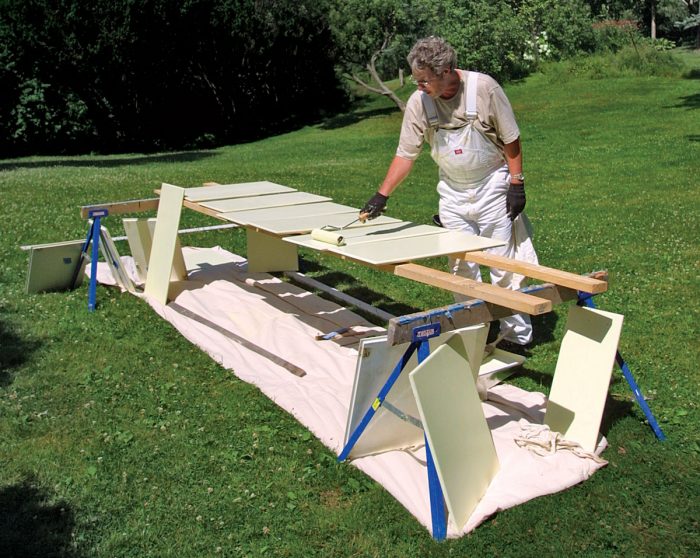 After a light 320-grit sanding and a thorough vacuuming, we wipe the cabinets with a tack cloth and are ready for finish paint. Benjamin Moore’s Advance is our favorite. A waterborne alkyd (which means soap and water cleanup), it offers the open time and brushability of an oil-based paint without the harsh odor. Application is done with a 2-in. or 21⁄2-in. Purdy XL Dale brush. On larger surfaces we will use a foam roller first to apply the paint evenly, and follow behind that with the paintbrush. This technique, called “tipping,” is a great way to get even, nearly invisible brush strokes. Satin sheen is the best option for most cabinets. It’s not so shiny as to reveal every imperfection, but the surface is easily cleanable.
After a light 320-grit sanding and a thorough vacuuming, we wipe the cabinets with a tack cloth and are ready for finish paint. Benjamin Moore’s Advance is our favorite. A waterborne alkyd (which means soap and water cleanup), it offers the open time and brushability of an oil-based paint without the harsh odor. Application is done with a 2-in. or 21⁄2-in. Purdy XL Dale brush. On larger surfaces we will use a foam roller first to apply the paint evenly, and follow behind that with the paintbrush. This technique, called “tipping,” is a great way to get even, nearly invisible brush strokes. Satin sheen is the best option for most cabinets. It’s not so shiny as to reveal every imperfection, but the surface is easily cleanable.
Apply two to three coats of finish paint using this technique, allowing each coat to dry fully and sanding lightly between coats. Wearing disposable gloves, reinstall your cabinet parts. Use the cabinets lightly for the first two weeks. It takes that long for the paint to cure and reached its full durability.
From Fine Homebuilding #302
Photos by Brian Pontolilo














